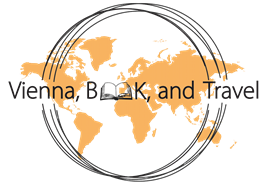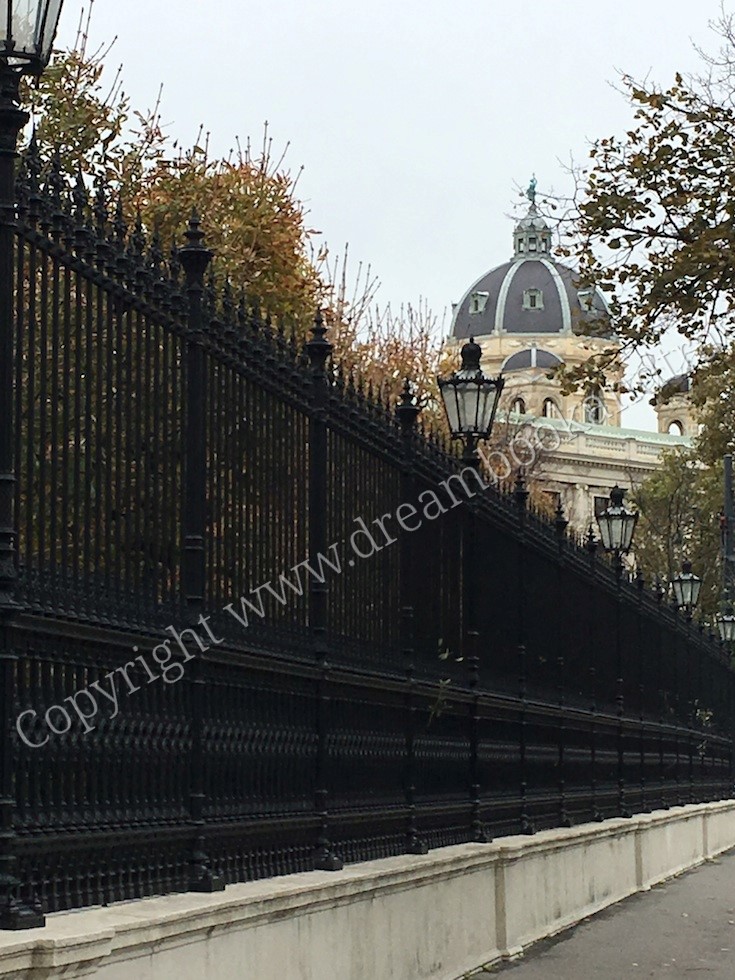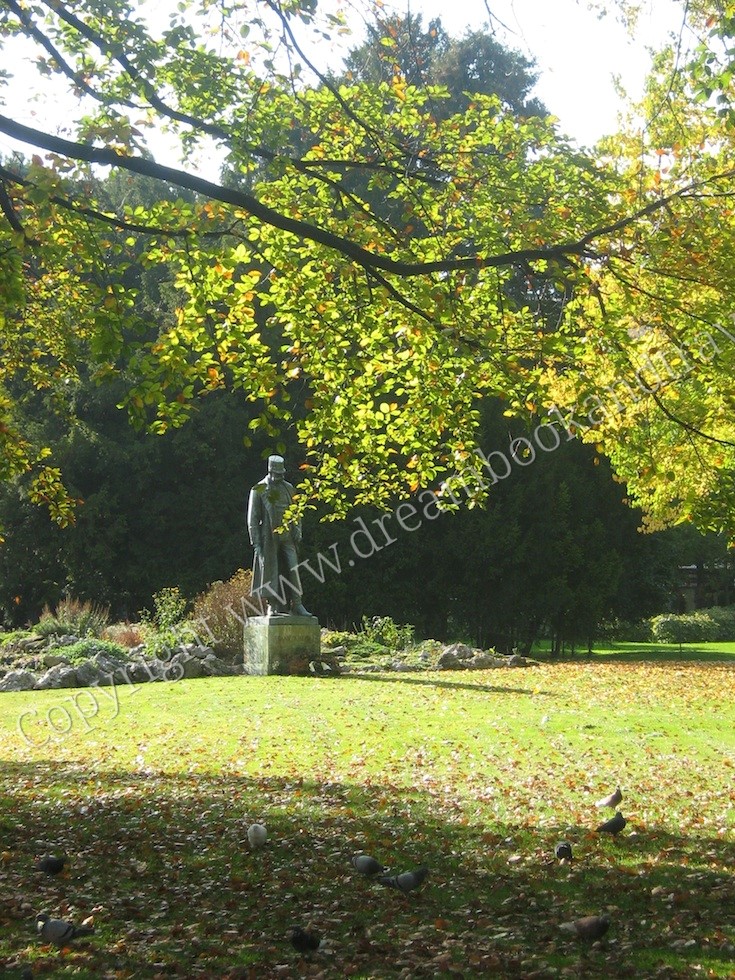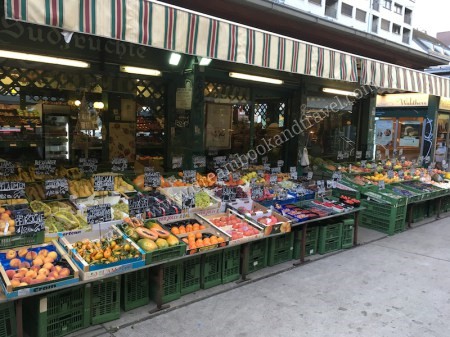NOTE – this article was written for and published by The Planet D, as original content: https://theplanetd.com/vienna-attractions/
Here, I am mainly re-taking the original text I submitted for publication.
There are many things to do in Vienna, Austria’s capital. From visiting the Schönbrunn palace, walking through the historic city center, tasting the famous schnitzel and Sacher torte, visiting the Christmas markets, the list could go on. Having lived in this wonderful city for almost ten years, I slowly discovered that it is the less advertised activities, the beautifully secluded, underrated, or quirky spots, that give Vienna its unique charm. More often than not, such opportunities are hiding in plain sight, easily accessible to anyone who looks for them. Here are five of the most noteworthy stopovers you could try on your next visit.
1. Have coffee in a greenhouse
Part of the huge Hofburg complex in the heart of the city (former home of the Habsburg royal family that houses nowadays the residence of Austria’s President and the Prime Minister’s office) is an Art Nouveau greenhouse – the Palmenhouse. Once used by the emperor as a place of relaxation, it contains the Schmetterlinghouse (Butterfly house) – a display of hundreds of butterfly species at large in a tropical rainforest setting – and a famous coffee house/restaurant. You can enjoy delicious Viennese pastries among exotic and overwintering plants, as well as a good selection of wines and cocktails. In the summer, the terrace of the coffee house offers views of the Burggarten, the emperor’s garden and now a popular city park. It is the perfect place for people watching for Viennese and visitors alike.
2. Learn how to waltz
You do not need to live in Vienna for years or attend interminable weekly dance classes to master the Viennese waltz. The basics of the famous dance are as easily appropriated as the habit of taking a glass of water with your coffee, also Viennese. Most dance schools in the city offer afternoon blitz courses for those who are just passing by or decided on a whim to attend the next Viennese Ball. If you are in the city on the 11.11 (11th of November) at 11.11 o’clock you can actually practice your waltzing skills in the streets. It is the official opening of the ball season, meaning the entire pedestrian area around the Stephansplatz (the square in front of the Stephansdom cathedral, and the two pedestrian arteries that start there – Graben and Karntner Strasse) turns into a ballroom, bow ties, white dresses and all. The same happens on New Year’s Eve, but in a rather more relaxed atmosphere. Basically, the Viennese are always happy to put on formal attire and a show, and everybody is welcome to join.
3. Get a feeling for the macabre
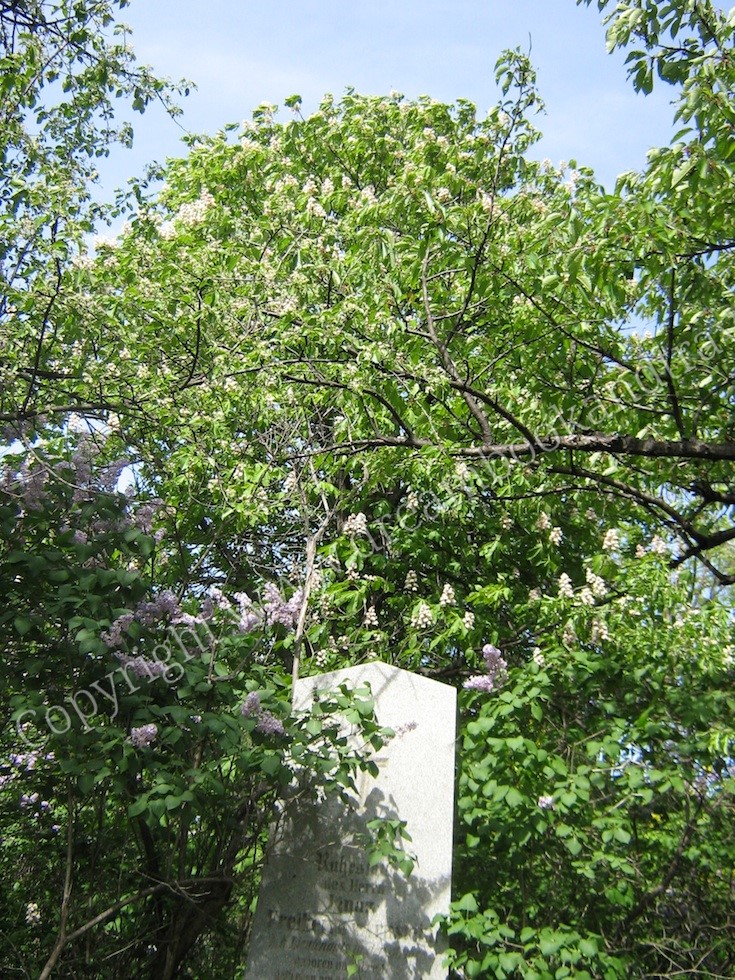
The taste of the Viennese for spectacle, ceremony, and formality transcends their daily lives to encompass funeral processions as well. According to a tradition that started in the 18th century, the burial is regarded as the last opportunity to impress and take the spotlight, and people would devote the time and resources to prepare an elaborate send-off for themselves. To this end, you can actually visit the Vienna Undertakers’ Museum, which exhibits more than 600 curiosities associated with the process. Moreover, the Imperial Burial Vault of the Habsburg dynasty (Kaisergruft) beneath the Capuchin Church in the city center just off Karntner Strasse is open to visitors, as is Europe’s second largest cemetery (Zentralfriedhof). My personal favorite is the Sankt Marx cemetery, home to Mozart’s symbolic grave (he was actually thrown in a mass grave of uncertain location in this very same cemetery), and the most beautiful wild lilac garden in the world. The Vienna Undertakers’ Museum (Zentralfriedhof) and the Sankt Marx cemetery are accessible from the city center via tram line 71, which is why in Viennese dialect to “take the 71” is a euphemism for dying.
4. Take a culinary trip through the whole world
largest open-air market (within walking distance from the city center) has been in existence since the 16th century, taking its current form in the 1920s. A traditional mingling pot for visitors, expats, and locals, the Naschmarkt displays stalls selling fresh produce, regional Austrian specialties, and a wide selection of ethnic foods from all over the world. From local cheese, oil, wine, and honey shops, to Turkish home-cooked meals, Indian spices and ingredients, and Vietnamese specialties, a wide array of cafes and restaurants, brunch spots and wine bars, make sure to keep your eyes and palate enchanted for hours. One can also browse through clothing boutiques, or look for bargains at the Saturday flea market.
5. Visit the Imperial Cabinet of Natural Curiosities
The Museum of Natural History (Naturhistorisches Museum) is usually overlooked due to its twin sibling, the Museum of Art History (Kunsthistorischesmuseum), located on the opposite side of the Maria Theresa monument and square (across the street from the Hofburg complex). Built to accommodate the emperor’s acquisitions, it offers visitors the pleasure to browse through its dusty collections and discover curiosities of nature collected by the Habsburgs from all over the world. Not only does it display the world’s finest collection of meteorites, but the aficionados can see here the world’s largest fossilized spider and tortoise, as well as the best-preserved remains of the famous Dodo bird, now extinct. Its two most famous residents are the 25,000 years old statuette of Venus of Willendorf and the world’s oldest figurative sculpture, the 32,000 years old Fanny of Galgenberg. The newly installed digital planetarium screens a wide-range of informative shows in several languages.
